Underwater
Marine biologist reveals what’s underwater at Halaveli

Here is third week’s instalment from marine biologist Robin Aiello sees her come face to face with the awe-inspiring whalesharks in the waters off Halaveli.
Whiptail Ray
 It has been another amazing week full of beautiful dives, snorkels, lagoon cruises and island walks. The weather has been clear and warm, and the seas so calm that you can do an entire marine biology session from the surface without even getting wet.
It has been another amazing week full of beautiful dives, snorkels, lagoon cruises and island walks. The weather has been clear and warm, and the seas so calm that you can do an entire marine biology session from the surface without even getting wet.
I have, in fact, been spending hours on the jetty with guests looking down into the sea and spotting some fantastic animals. We have many harmless blacktip reef sharks that slowly cruise back and forth under the jetty, whiptail rays that look almost like eagles flying through the water, unicorn fish with their long horns sticking out from their foreheads, long slender coronet fish with their huge extended mouths, and bluefin trevallies (also called jacks) chasing schools of small silver fish.
Bluefin Trevallies

The trevallies (jacks) always put on an exciting show for us as they stalk and hunt the small silver fish that form massive schools in the very shallow water at the beach.
Small groups of 3 – 6 bluefin trevallies swim up and down the beach, getting closer and closer to the shore and forcing the small fish to form tighter and tighter schools – it is like cowboys rounding up the cattle on a range.
They do this for some time, then, without any warning, there is a huge commotion. The trevallies have decided it is time to strike, and change direction at full speed (which is really really fast) and dash through the school, grabbing fish as they go. The small silver fish, in response, take off in all directions like a firework display. They will even jump out of the water and land on the beach in their sheer panic to get away.
But, there is no where for the small fish to hide. Suddenly other predatory fish join the feeding frenzy, and if that is not bad enough, the seabirds and herons fly in from all directions to join the mayhem and pounce on any fish they can. The whole frenzied activity lasts only a few seconds, but what excitement! Sometimes I feel sorry for the poor little fish!
An unplanned evening snorkel
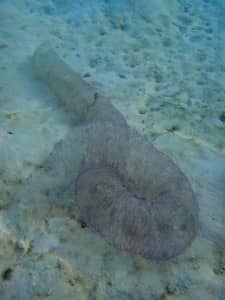
Probably the most unusual thing that I have seen in a long time was spotted one evening from the jetty. I was heading to dinner, all dressed up, and one of the guests asked me what it was – I had no idea – didn’t even know if it was manmade or natural.
So I ran back to my villa and grabbed my snorkeling gear and jumped into the water.
This thing was weird! At first, I had no idea what it was. It was in constant motion, rolling around and undulating, but I soon discovered it was the water movement that caused it to move – it was not actually alive. It was slimy and felt like thick mucous, and to add to the bafflement, there were thousands of little pink/purple balls embedded in it.
Finally it dawned on me that it had to be some sort of egg case – most likely molluscan from either a snail or a squid. After a couple of hours of research I discovered that it was, in fact, the egg case of a very large squid that reaches a size of over 1 metre called the Diamondback Squid. This squid would have laid the egg case out in the lagoon and the tides, currents and waves washed it into the shallows. Very interesting.
Diving with whalesharks

Yesterday, though, was the real highlight of my whole visit – every Sunday the Dive Center offers a day trip to find and snorkel with whalesharks. And what a day we had!
Thanks to our amazing boat crew, and of course the legendary snorkel guide Santana, we had the wonderful experience of swimming with 3 large whalesharks. Amazing! It is no easy feat to find a whaleshark – since they are fish, they do not come to the surface to breath like whales, so the only way to find them is to patrol an area – up and down along the coast. The crew stand lookouts on the roof of the boat looking for a large dark shadow in the water.
Then, if one is spotted, there is a flurry of activity as we get on our gear and jump overboard. At this point, the race begins. Although these huge animals are barely moving a fin at all, they maintain such a fast speed that we as mere human snorkellers must kick and kick and kick as fast as possible to keep up with them. They do not seem to be bothered by us at all – in fact, on several occasions they appeared to be curious and changed direction to come right up close underneath – within only a few metres of us.
When they are this close, they take your breath away. They really are special creatures!
They are so spectacular, that this creature will be the topic of my Creature Feature for this week.
Creature Feature – Whalesharks
Whalesharks are well known to frequent a spot on the southern part of the Ari Atoll – no one really knows why they ‘hangout’ in this area. But they seem to be mainly young-adult males that are about 6–8 metres in length.
Although this is considered relatively small for a whaleshark (they can reach sizes of over 12m) they are still incredibly impressive. In fact, whalesharks are the largest fish in the world.
Whalesharks are a type of shark – not a whale. They, like all sharks, have a cartilaginous skeleton rather than bone, have what are called denticles covering their skin instead of scales, do not have an air bladder, but use a liver full of oil for buoyancy, and of course they have ‘replaceable’ teeth rather than only one set like most reef fish. Sharks have hundreds of teeth and can go through as many as 30,000 teeth during their lifetime.
What happens is that teeth that form the ‘front-row’ periodically fall out, and within only a few days another tooth that behind in the ‘second-row’ will rotate into position. It is kind of like a conveyor belt of teeth. In this manner the shark always has fresh, sharp teeth! Whalesharks, although they do not use them, actually have about 300 very small teeth.
How whalesharks feed
So how does a whaleshark feed if it does not use teeth? Well, these giants of the sea, feed on some of the smallest animals in the ocean, plankton, by a method called filtering feeding.
Inside their mouths they have an unique system of filter-pads that trap all the small plankton – a lot like a sieve.
Whalesharks feed in two ways – ‘gulping’ and ‘ram feeding’. If there is plenty of concentrated plankton in the water, these sharks will stay in one place and take in huge gulps of water full of plankton.
If, however, the plankton is spread out in the water, then the sharks will swim at an average of 4km per hour with their mouths open – when they have enough food, they will swallow, then resume feeding – this is ‘ram-feeding’.
To watch them feed is incredible. They have huge mouths – up to 1.5 metres wide and they can filter over 300,000 litres of seawater per hour.
Identifying whalesharks by their spots
Other than the sheer immense size of these fish, the other really noticeable feature is the patterning. They are fully covered with spots and dots, and some lines – really beautiful.
They almost look like a bright starry night sky. In fact, a few years ago a couple of scientists came up with the interesting idea to use a computer program designed for tracking stars to document the spots on individual whalesharks.
Since the patterning on each whaleshark is unique for that individual (much like our human fingerprints are unique to each person), scientists have been able to compile a global database of whalesharks from photographs of their spots.
So, when you visit Halaveli Resort, be sure to take the trip out looking for whalesharks – it is fantastic!
Action
Siyam World achieves snorkelling world record with 307 participants

Siyam World Maldives has officially made global history. On December 5th, the island pulled off one of its boldest ideas yet, becoming the first resort on the planet to earn a Guinness World Records title for The Most People Snorkeling Simultaneously at a Single Venue. In partnership with Freedive Maldives, Siyam World rallied an incredible 307 snorkelers from guests, neighbors, and ocean lovers across the region, diving past the required 250 participant mark and turning the house reef into a spectacular sea of fins and fun. Guinness World Records officials flew in to verify every detail, and for the first time ever in the Maldives, every participant received an official Guinness World Records medal, making “Snorkel World 300” a milestone etched not only in record books but also in everyone’s memories.
The energy of the day embodied everything Siyam World stands for — a big, bold, anything-is-possible playground where imagination meets island life. The event was more than a record attempt; it was a celebration of marine life, community connection, and Siyam World’s adventurous DNA. The event aligned with Sun Siyam Resorts’ ongoing sustainability initiatives, encouraging guests and locals alike to appreciate and protect the natural beauty of the Maldives’ underwater world. It also served as a proud moment for the destination. As the first Guinness World Records medal ceremony ever held in the Maldives, the event spotlighted Maldivian hospitality, creativity, and ocean culture on a global stage.

“What a moment. Being the first resort in the world to set a Guinness World Records title is something we will always carry with pride, not just for Siyam World and Sun Siyam Resorts, but for the Maldives as well. We have never been the type to follow the usual path; doing the unexpected has always been our style. A huge thank you to everyone from the nearby islands who came together to make this possible,” said Ausy Waseem, Resort Manager, Siyam World.

If any resort was going to break a world record, it was always going to be Siyam World. From adrenaline-fueled adventures to quirky island experiences that spark global attention, Siyam World has earned its reputation as the Maldives’ most unrestrained, maximalist playground. This Guinness World Records title adds yet another chapter to its growing list of “only-at-Siyam” moments, proof that the resort is not just a place to stay, but a destination where the extraordinary is the everyday.
Siyam World now stands proudly as a Guinness World Records titleholder, an extraordinary accomplishment shared with the Maldives and the global travel community.
Action
W Maldives sets coral restoration benchmark with Sea of Stars activation
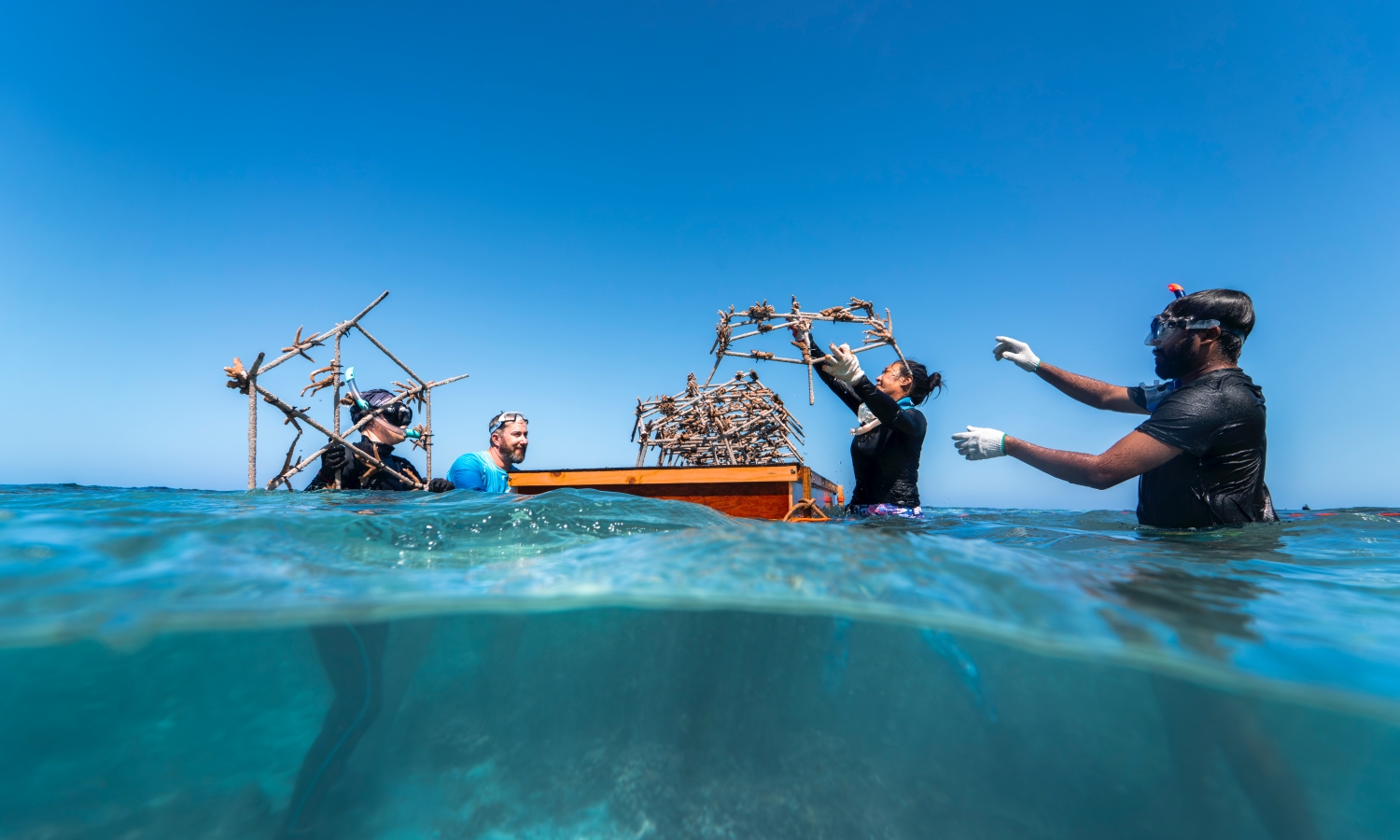
Following the launch of SEA OF STARS, W Maldives has successfully concluded a landmark week of sustainability-driven experiences that brought guests, marine experts, and the resort team together in celebration of ocean conservation and creativity.
The event kicked off on 26 October with an exclusive screening of Peixinho (Little Fish) at FIRE, hosted by award-winning wildlife filmmaker and conservation biologist, Kaushiik Subramaniam. The film, a moving story of ocean stewardship and intergenerational change, was followed by a mix-and-mingle session where guests connected with Kaushiik to discuss the power of storytelling in inspiring environmental action, along with the MARS Sustainable Solutions team on the reef restoration project.
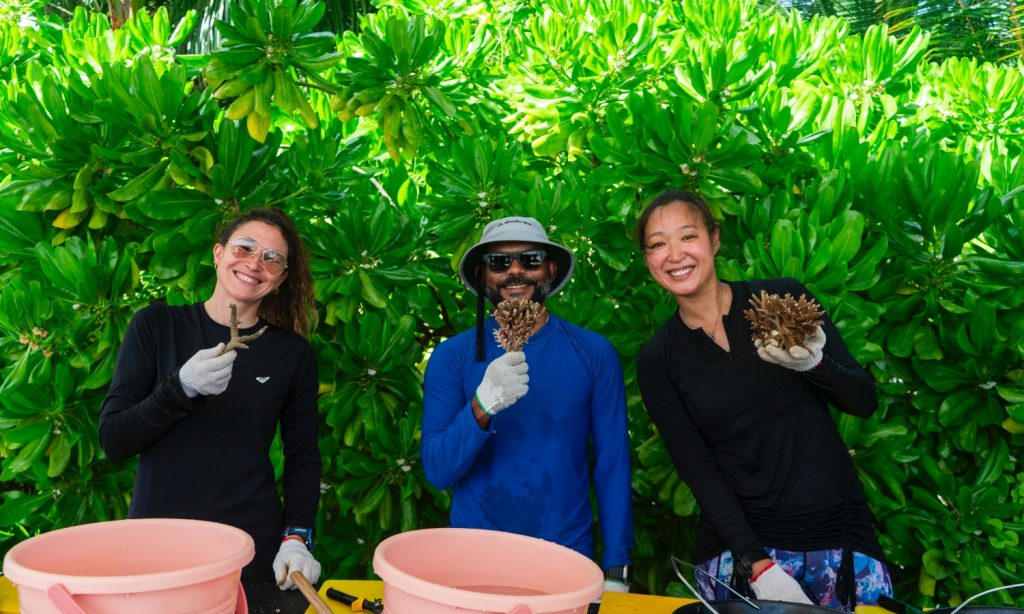
The momentum carried into the following days as the W Maldives team, led by the resort’s Sustainability Manager, Harald Schaller, together with MARS Sustainable Solutions, completed the installation of 400 Reef Stars and 6,000 coral fragments across the resort’s house reef on 28 and 29 October. Guests joined the marine biologists in assembling and deploying the hexagonal reef structures, turning collaboration into tangible impact. The two-day reef star creation and installation marked a key milestone in one of the Maldives’ largest coral restoration projects.
“With all Reef Stars successfully installed, we’re excited to see this restored reef become a thriving ecosystem,” says Kate Janetski, Marine Program Lead for Maldives & Caribbean and Global Training Manager at MARS Sustainable Solutions. “The partnership with W Maldives shows what can happen when science, hospitality, and community come together for a shared purpose. Seeing guests and the resort team work side by side to restore this reef is a powerful reminder that protecting our oceans can be a collective and inspiring experience.”
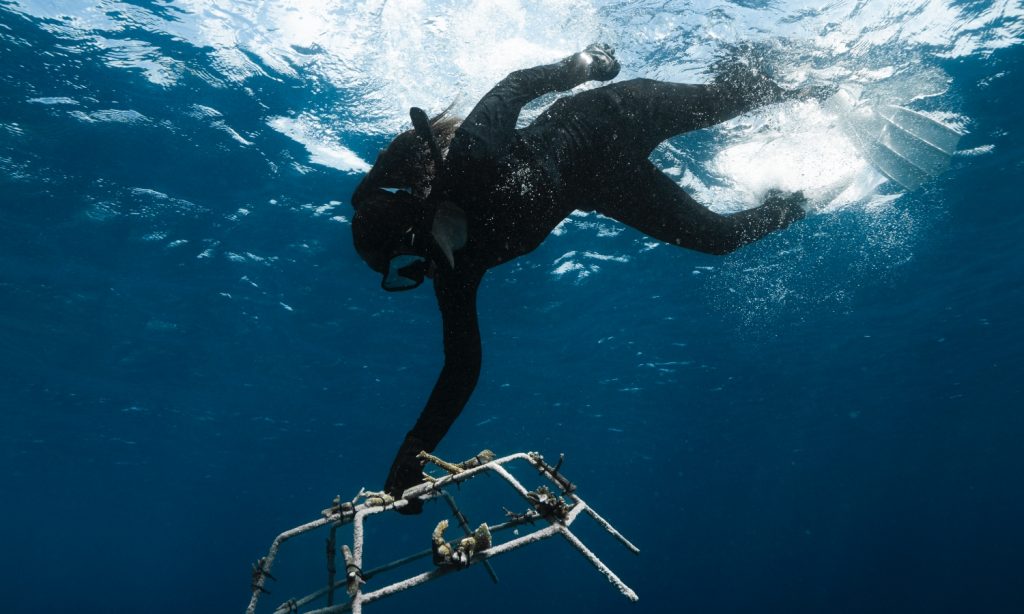
With the success of SEA OF STARS, W Maldives is setting its sights even higher, Under the vision of Amila Handunwala, the resort’s General Manager and Chair of the Marriott Maldives Business Council, this activation marks just the beginning of a wider movement to make W Maldives, and eventually, Marriott International properties in the Maldives, a driving force in coral restoration across the archipelago.
“Our reef has always been the heart of W Maldives,” says Amila Handunwala. “SEA OF STARS is more than a single event, it’s the spark of a long-term journey. Our goal is to strengthen W Maldives’ stance as a leader in marine restoration and to extend this initiative to other Marriott resorts in the Maldives. Together, we can make a meaningful difference and set a new benchmark for sustainability in hospitality.”
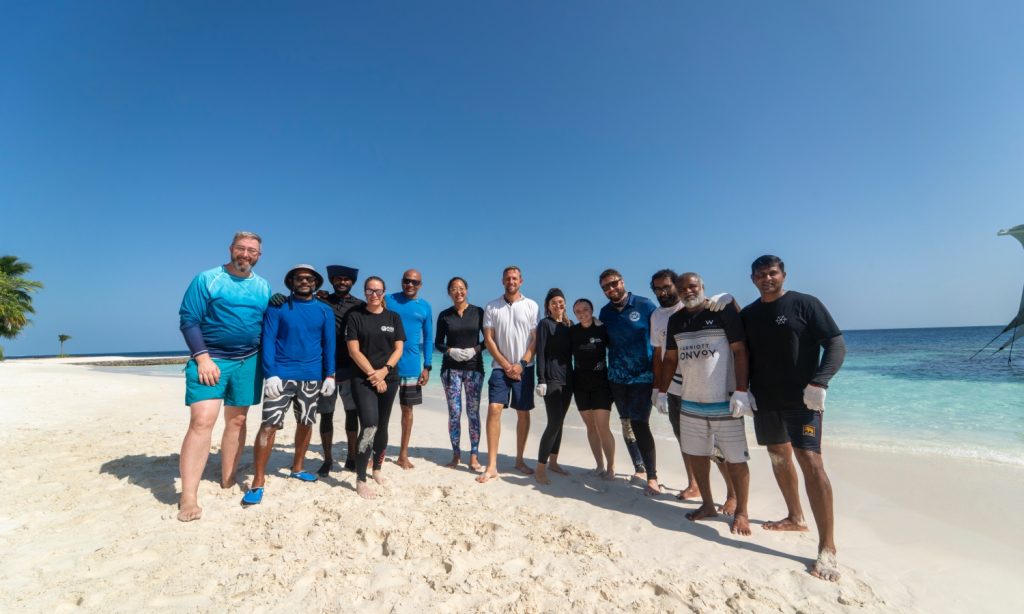
The W Maldives team will continue to collaborate with MARS Sustainable Solutions to monitor coral growth and reef resilience in the coming months and years. Guests are also invited to be part of this journey by joining guided house reef snorkeling sessions with the resort’s marine biologist to learn more about the ongoing coral restoration program.
This initiative is part of W Maldives’ evolving and growing sustainability strategy, which extends beyond its reef restoration work. The resort continues to enhance its biogas plat, waste management system, and solar energy operations, building a more self-sustaining and environmentally conscious island ecosystem. Each initiative reflects the resort’s approach to modern luxury, one that connects guests to nature through innovation, community, and car.
Action
Ayada Maldives: Sanctuary where ocean conservation shapes every experience
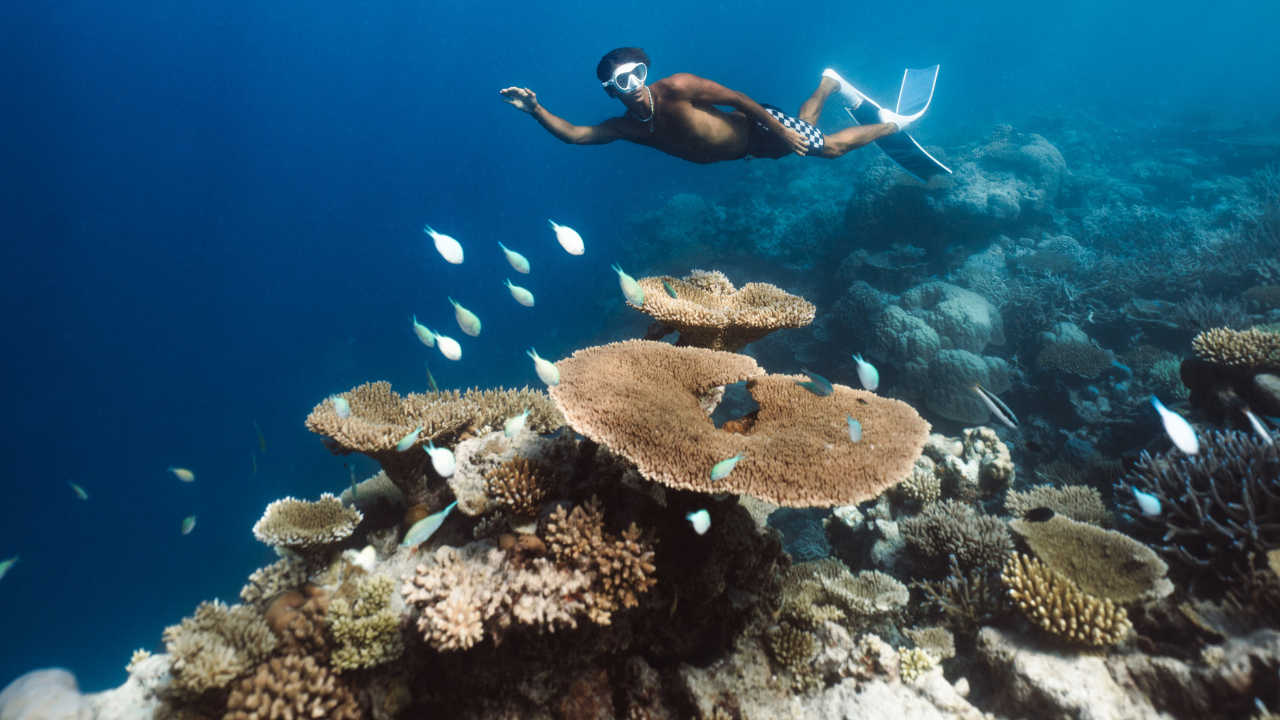
Nestled within the pristine waters of the Gaafu Dhaalu Atoll, Ayada Maldives stands as a sanctuary for those who seek more than beauty, a place where the ocean’s rhythm shapes the soul of the island. Beyond the turquoise lagoons and gentle waves, an enduring commitment to marine conservation quietly anchors the resort’s philosophy: to protect, nurture, and celebrate the underwater world that defines the Maldives.
Ayada’s location in the far south of the Maldives offers a rare gift, a thriving house reef renowned for its vibrant coral formations and abundant marine life. From schools of butterflyfish and parrotfish to graceful turtles and reef sharks, every snorkel reveals the living tapestry of an ecosystem in balance. The reef’s health, enriched by minimal human impact, has made Ayada one of the most rewarding destinations for divers and ocean lovers alike.
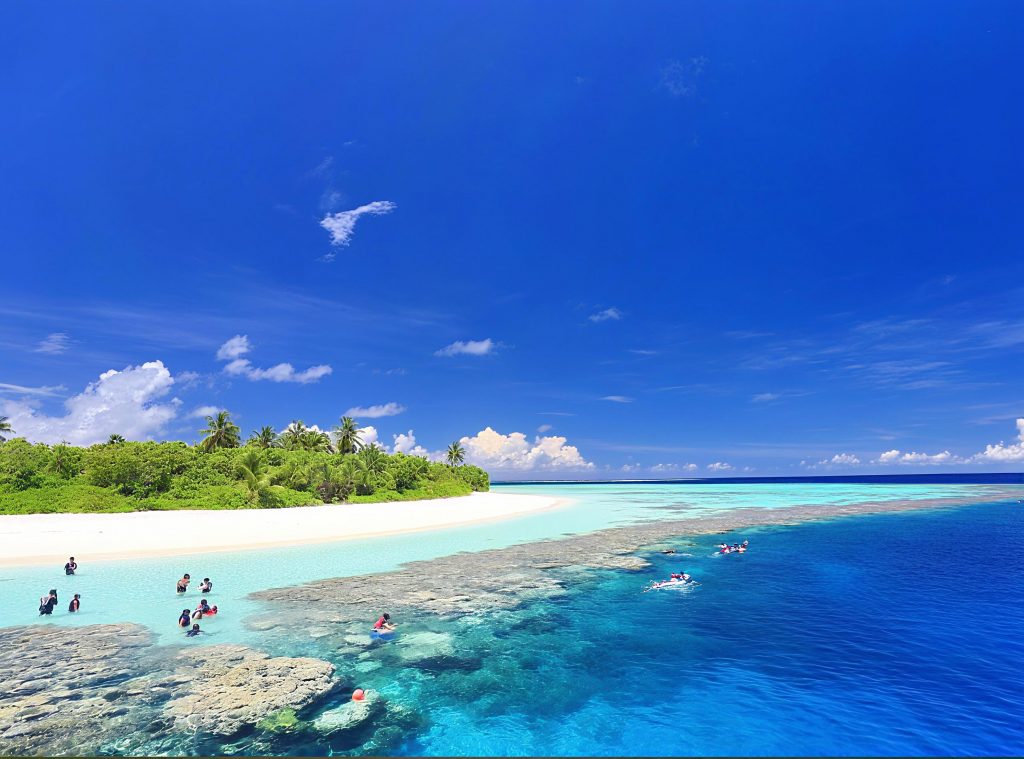
But this beauty does not thrive by chance. It is safeguarded by dedicated individuals like Shafeen Adam, Ayada’s Guardian of the Reef, who leads coral restoration and marine education efforts. With quiet determination, Shafeen and his team work to restore and monitor the reef while also inspiring guests to appreciate and protect the fragile marine environment.
“The reef is the heart of our island,” says Shafeen. “I want future generations to see the same colours, the same life beneath the surface that we are privileged to witness today. Every coral we plant is a promise to the future.”
From guided snorkelling experiences to coral gardening sessions, guests are invited to become part of this story of preservation. The resort’s marine team shares insights into coral resilience, fish behaviour, and the delicate balance that sustains ocean life, transforming leisure into learning, and appreciation into advocacy.
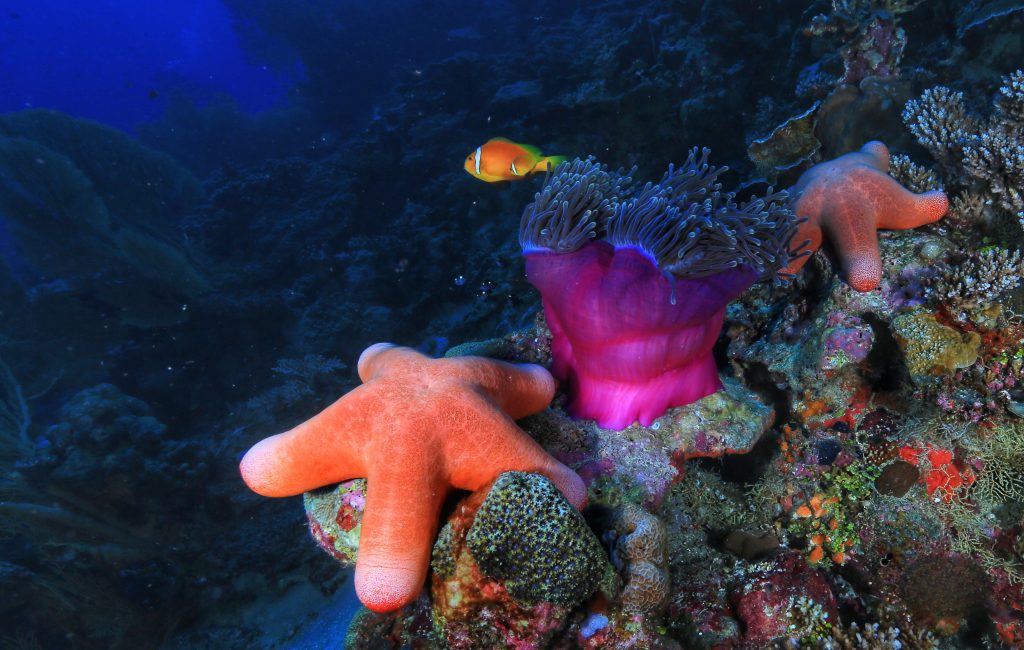
For those who seek adventure, Ayada’s waters offer endless possibilities. The southern atolls are home to some of the Maldives’ most consistent surf breaks, where gentle swells roll over crystalline reefs from September through May. Surf enthusiasts can chase the perfect wave, while others can glide across the lagoon by paddleboard, sail into the horizon on a catamaran, or explore the depths with scuba diving and freediving excursions.
From sunrise snorkelling to sunset dolphin cruises, Ayada Maldives invites guests to experience the ocean in its many moods: calm, powerful, and always full of life. Each activity reflects the same guiding principle, harmony with nature.
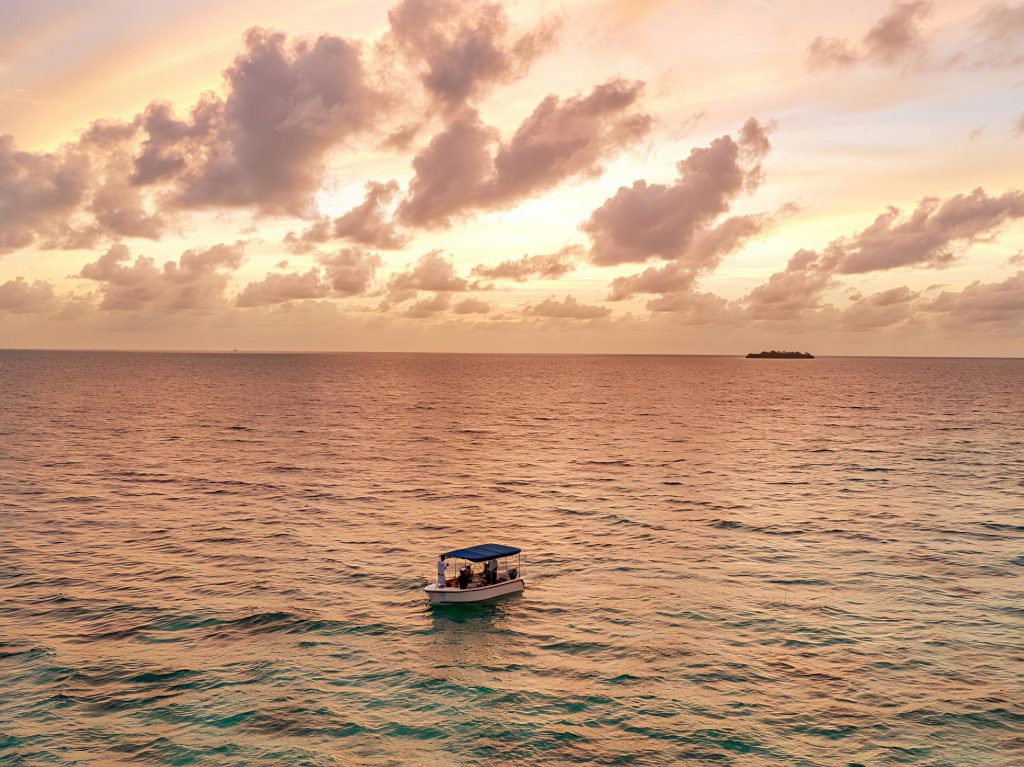
As stewards of one of the Maldives’ most untouched reefs, Ayada Maldives continues to lead with purpose, not only showcasing the wonders of the sea but ensuring they endure. Here, the ocean is more than a view. It is a legacy, protected with passion, for generations to come.
-
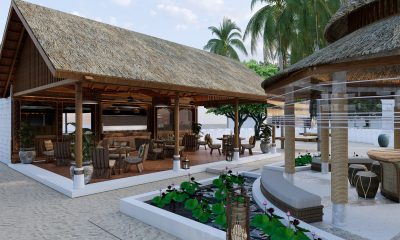
 Cooking1 week ago
Cooking1 week agoMaakeyolhu: RAH GILI MALDIVES launches signature dining experience honouring Maldivian fishing culture
-

 News1 week ago
News1 week agoIHG signs Vaagali Maldives, Vignette Collection, opening in 2026
-

 Drink1 week ago
Drink1 week agoFelice Capasso brings award-winning mixology to The St. Regis Maldives Vommuli this February
-

 Drink1 week ago
Drink1 week agoSun Siyam Olhuveli unveils Milano, Olive Bar and Crust & Flame on Dream Island
-
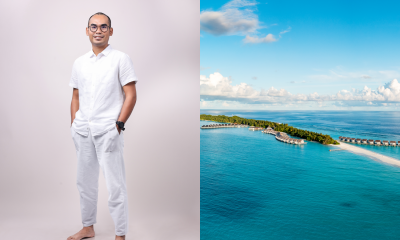
 Featured1 week ago
Featured1 week agoKuramathi Maldives announces private wellness programmes with Imron Zulfikar
-

 Entertainment6 days ago
Entertainment6 days agoHulhule Island Hotel names 2ofus as New Year’s Eve 2026 headline act
-

 Featured1 week ago
Featured1 week agoSpring reawakens: Sirru Fen Fushi showcases Maldives at its calmest
-

 Cooking4 days ago
Cooking4 days agoThe St. Regis Maldives Vommuli Resort welcomes Chef Renzi Gianluca for Tastemaker series collaboration















